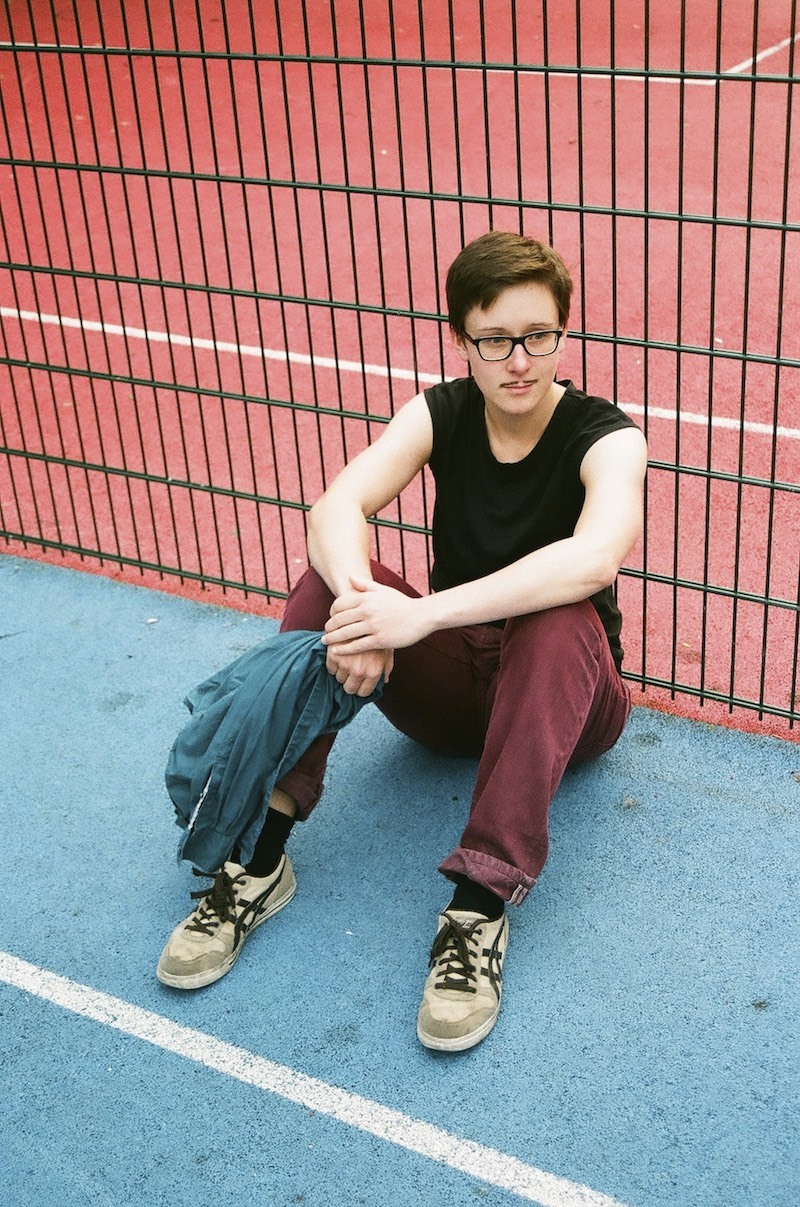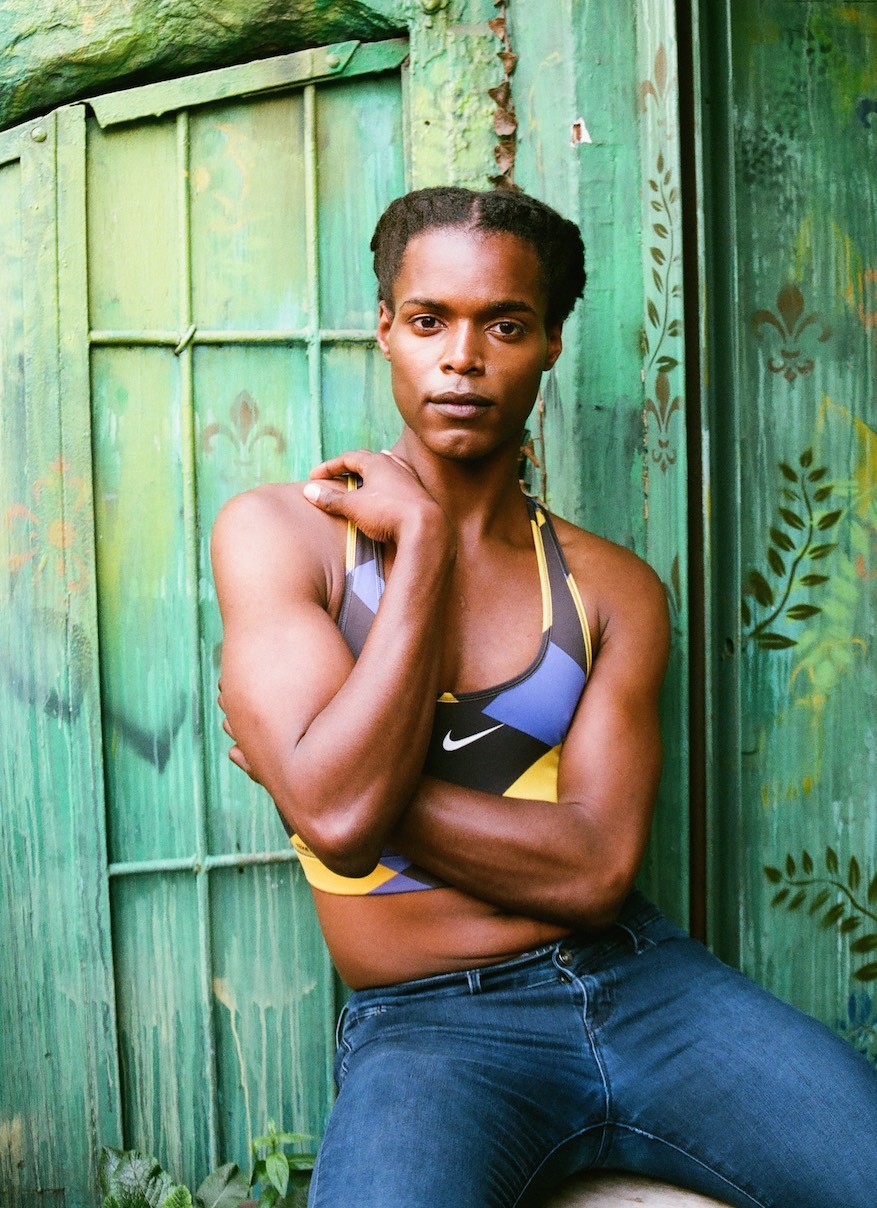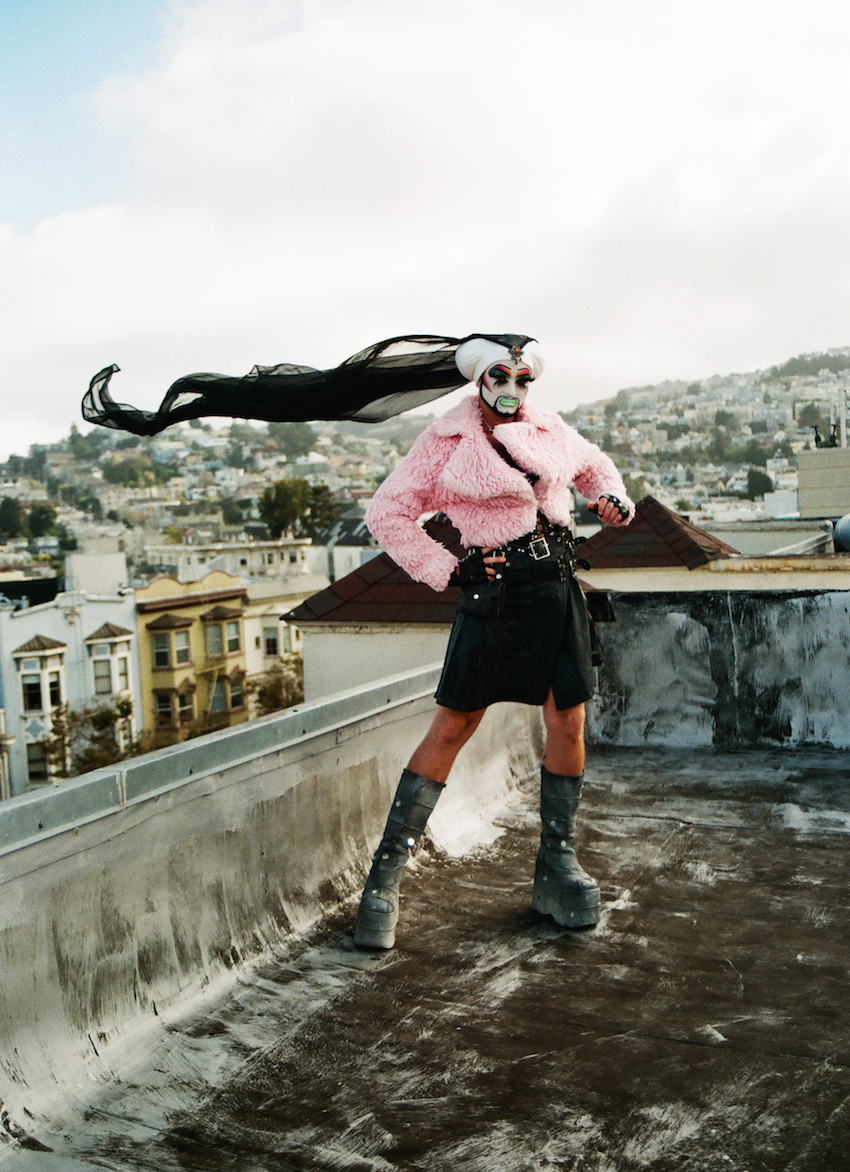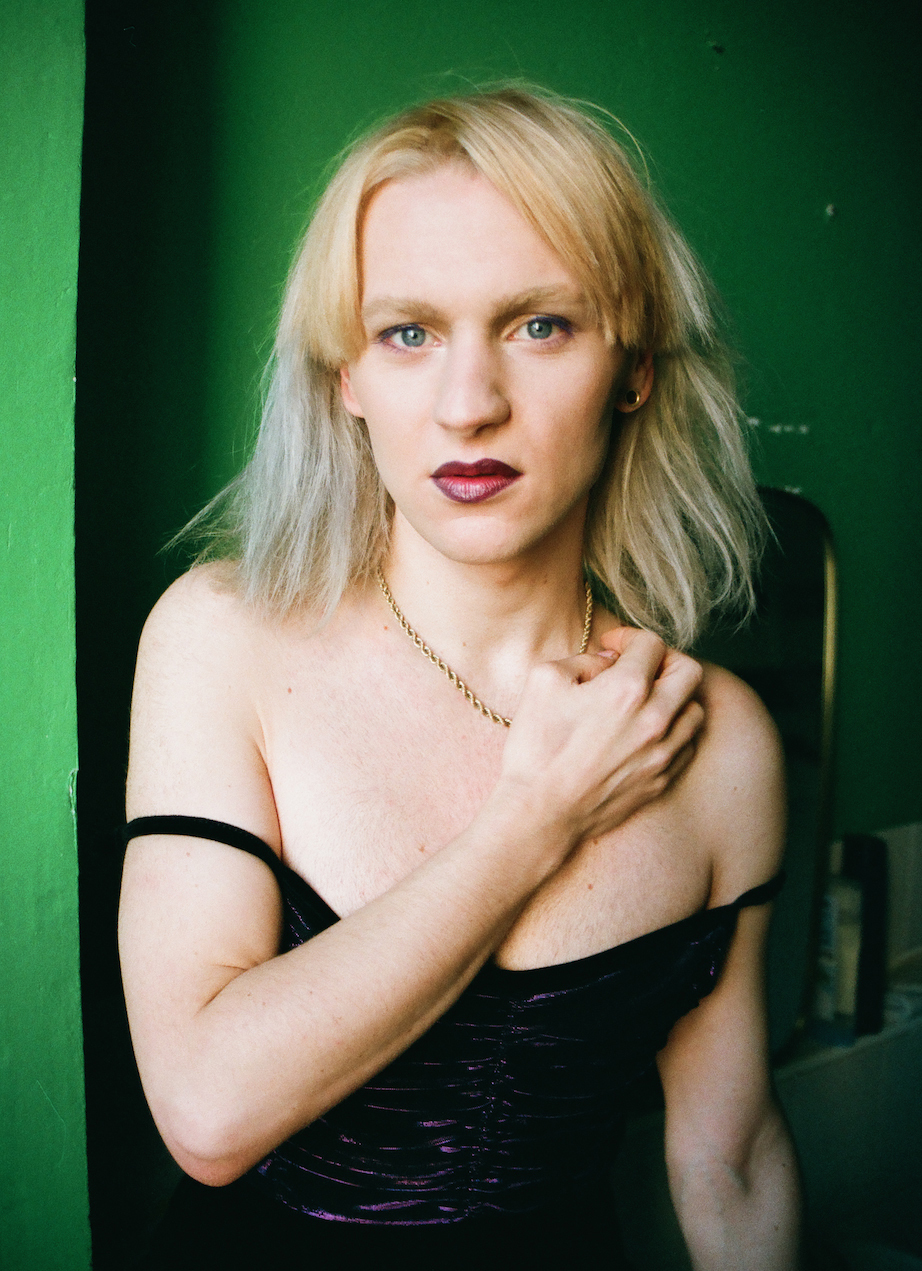Shortly after Joseph Wolfgang Ohlert met his soon-to-be close friend Kaey at one of Berlin’s most popular gay clubs, she told him that she wanted to work on a very personal kind of project. “She is a trans woman herself and she felt unhappy that she couldn’t find the kind of book she was looking for when she started transitioning,” Ohlert explains to i-D, “so she wanted to create exactly that book.” The German photographer had already begun working on a series of projects about gender and identity, including a portraiture series exploring Berlin’s drag scene. His and Kaey’s ideas merged, and “that book” became Gender As a Spectrum — an intimate series of photographs and interviews that give trans and genderqueer people a chance to tell their own stories through their own words, outfits, and expressions. “We didn’t want to create another academic book filled with theories from people who look at it from the outside world,” Ohlert says. “We wanted to give people a platform to speak for themselves, with self-respect and dignity, to show the reality people are living in and what they are believing in. [The book] has become much more than our original ideas — it’s about being trans, about being androgynous, non-binary, or even playful with gender.” i-D talks to the photographer about meeting his new friends and exploring his own cis gay male identity.

In the book, you speak of “gender” recently becoming an Anglicism in the German language. Can you explain this a bit more?
The term “gender” was adopted in Germany in the early 80s after American theorists introduced the idea of gender as a social construct in addition to our sex or biological body — but this was just in academic circles. In everyday life, the word hasn’t really been part of German language, and I feel that it has become used a lot more frequently just recently. I think people speak more openly about gender identity than ever before. Part of it might be the internet making it a lot easier to connect with people who feel and think like you. On the one hand, English language and Anglicisms have become part of the everyday lives of the Tumblr and Instagram generation, so it’s a lot easier to adopt new words. On the other hand, the time to finally speak about gender has come, and it’s just not enough to speak about sex. There is a need for a second term that actually gives you the possibility to differentiate and stop people from merely defining you because of your body and your genitals.

The photographs and the questions asked in Gender As a Spectrum are very intimate. How did you facilitate open and honest encounters with these people?
Kaey was the one in charge of the interviews. Most of the people I photographed are her friends, so it wasn’t that big of a deal for them to talk about it openly. But we knew from the start that it’s a very sensitive and intimate thing to talk about, that’s why we wanted to give them as much space and privacy as possible. We didn’t want to force anyone to feel the need to say something. So Kaey created a wide range of questions that we sent everyone in an email. Everyone was free to decide which questions they wanted to answer and which ones they wanted to leave out. It was also totally okay not to answer any, but there was just one person who wanted to speak only with their photo and not with any words. Some were very rational, some very creative, and the answers differ a lot. But you can clearly see how integral and important gender identity is to every person we spoke with, and that so many people still struggle with their identity because of the invisible pressure to act as we ought to. It was amazing to meet all these wonderful people and I am thankful they all agreed to take this journey with us.

As a cis man, what interested you about exploring the spectrum of gender?
Before making the book I didn’t even know about the possibilities of gender identity. I was, like most people are, socialized with the binary concept of men and women. I had to re-learn my understanding of how to look at people in general, independent from their gender, like children do before they develop performative behavior through playing with gender-related toys or whatever. As a cis gay man, questions like who am I, what makes me me, and what makes me different from others were always part of my work. I met so many people and I realized you have to deal with yourself first before you actually can step out and ask others to get photographed by you.

How did photographing these people change your conception of your own gender identity?
As a child I didn’t really gave a shit about gender roles. I was lucky enough to have parents who gave me total freedom of self expression. I was playing with dolls, wearing dresses, earrings, and jewelry. I told people I wanted to be a girl. But I was happy in my body. My definition of my own gender identity didn’t change, it’s more like I realized that I was the little girl I wanted to be and still am. This is a part of me. I felt comfortable with my body, but I feel more comfortable now knowing that I don’t have to limit myself.

These days gender is discussed in the mainstream news, and trans celebrities are more visible than ever. How did the everyday people who you met and photographed feel about this phenomenon?
I’ve heard many different opinions on the coverage of these stories in mainstream media. Many support and love it, because visibility is important and it feels amazing to see trans women on the covers of magazines. It’s another achievement and a stepping stone in the history of trans people. But many also voiced concerns because these stories are often American fairy tales that are far removed from the actual struggles and dangers that trans people are facing. Mostly, it also keeps the gender binary pulsating — you’re a woman if you can afford a designer vagina and pass as a cis woman. That’s why it’s important for the community to speak out. That’s why we wanted to create a book that portrays real people and their lives far away from this fairy tale.

Credits
Text Hannah Ongley
Photography Joseph Wolfgang Ohlert
